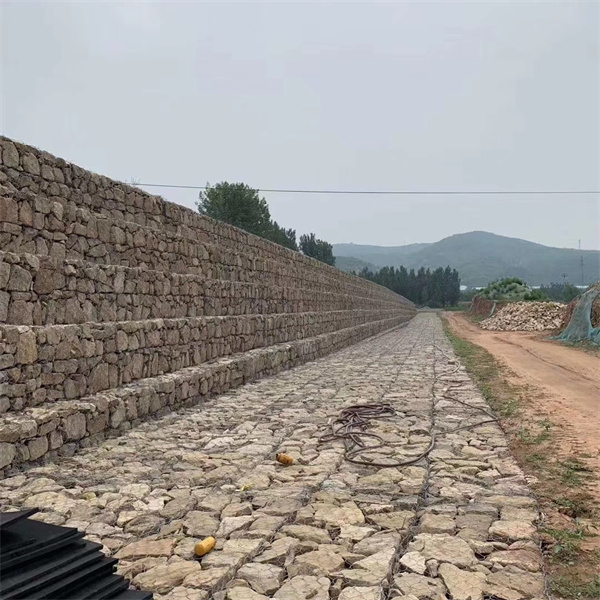Aug . 06, 2024 12:19 Back to list
Creative and Effective Designs for Gabion Walls That Enhance Outdoor Spaces and Landscapes
Constructing the Best Gabion Wall A Comprehensive Guide
Gabion walls have gained immense popularity for their aesthetic appeal, structural integrity, and environmental advantages. As versatile retaining structures, they are primarily made of wire mesh cages filled with stones, gravel, or other materials. Whether used for landscaping, erosion control, or architectural features, designing the best gabion wall requires careful planning and artistic vision. In this article, we will explore key considerations and provide a detailed overview of creating the perfect gabion wall drawing.
1. Understanding the Purpose and Design
Before diving into the drawing process, it’s crucial to understand the primary function of your gabion wall. Is it intended for functional use, such as retaining soil and preventing erosion, or purely for decorative purposes? This determination will significantly influence the design aspects.
Start by sketching a basic outline of the intended wall’s location. Consider the slope of the land and the surrounding environment. Accurate measurements will help ensure your wall not only fits but also blends seamlessly with the landscape. Utilize software or graph paper to maintain proportion and scale, allowing for a more precise drawing.
2. Selecting Materials
The choice of materials is essential in developing both the functionality and aesthetic of your gabion wall. The wire mesh should be made from high-quality steel to withstand environmental stresses. Consider the size and type of fill material—common options include natural stones, recycled concrete, or even artistic elements like glass. Your drawing should reflect these choices, showcasing the textures and colors of the materials used.
3. Structural Considerations
A well-designed gabion wall must also consider structural integrity. The drawing should include details such as the height, width, and length of the wall, as well as the gradient of the slope on which it will rest. The front view of your drawing should illustrate the wall’s elevation and any potential drainage systems needed to manage water runoff, ensuring that pressure build-up doesn’t compromise its structure.
best gabion wall drawing

Gabion walls are not only functional but can also serve as stunning visual features in landscaping design. Explore options to incorporate additional decorative elements, such as planting vegetation in between or around the wall, creating a vibrant contrast against the stone fill. In your drawing, consider the integration of plants, sculptures, or lighting to enhance the visual appeal.
5. Detailing Your Drawing
Once you have established the basic structure, begin adding details to your drawing. Use different line weights to differentiate between elements of the wall and the surrounding landscape. Label each component clearly, including materials and any features such as gates or pathways that may intersect with the wall.
6. Executing the Plan
With a finalized drawing in hand, it’s time to move towards execution. This stage involves choosing a quality contractor or DIY approach to construct the wall as per the design. Remember, visualizing your gabion wall with precision will lead to better construction outcomes.
Conclusion
Crafting the best gabion wall drawing combines creativity with technical knowledge. By understanding the purpose, selecting appropriate materials, addressing structural integrity, and incorporating decorative elements, you’ll naturally arrive at a design that is both functional and attractive. As you embark on this journey, remember that a well-thought-out design lays the foundation for a successful gabion wall—one that serves its purpose while enhancing the beauty of its surroundings.
-
hesco-gabion-baskets-for-coastal-erosion-prevention
NewsAug.22,2025
-
longevity-and-durability-of-river-rock-gabion-walls
NewsAug.22,2025
-
how-to-integrate-gabion-3d-walls-in-urban-planning
NewsAug.22,2025
-
reno-mattress-gabion-applications-in-civil-engineering
NewsAug.22,2025
-
how-to-install-wire-mesh-for-gabion-baskets-properly
NewsAug.22,2025
-
best-materials-for-filling-a-chain-link-gabion
NewsAug.22,2025
-
Wire Mesh Thickness Impact on Gabion Wall Load Bearing
NewsAug.12,2025






